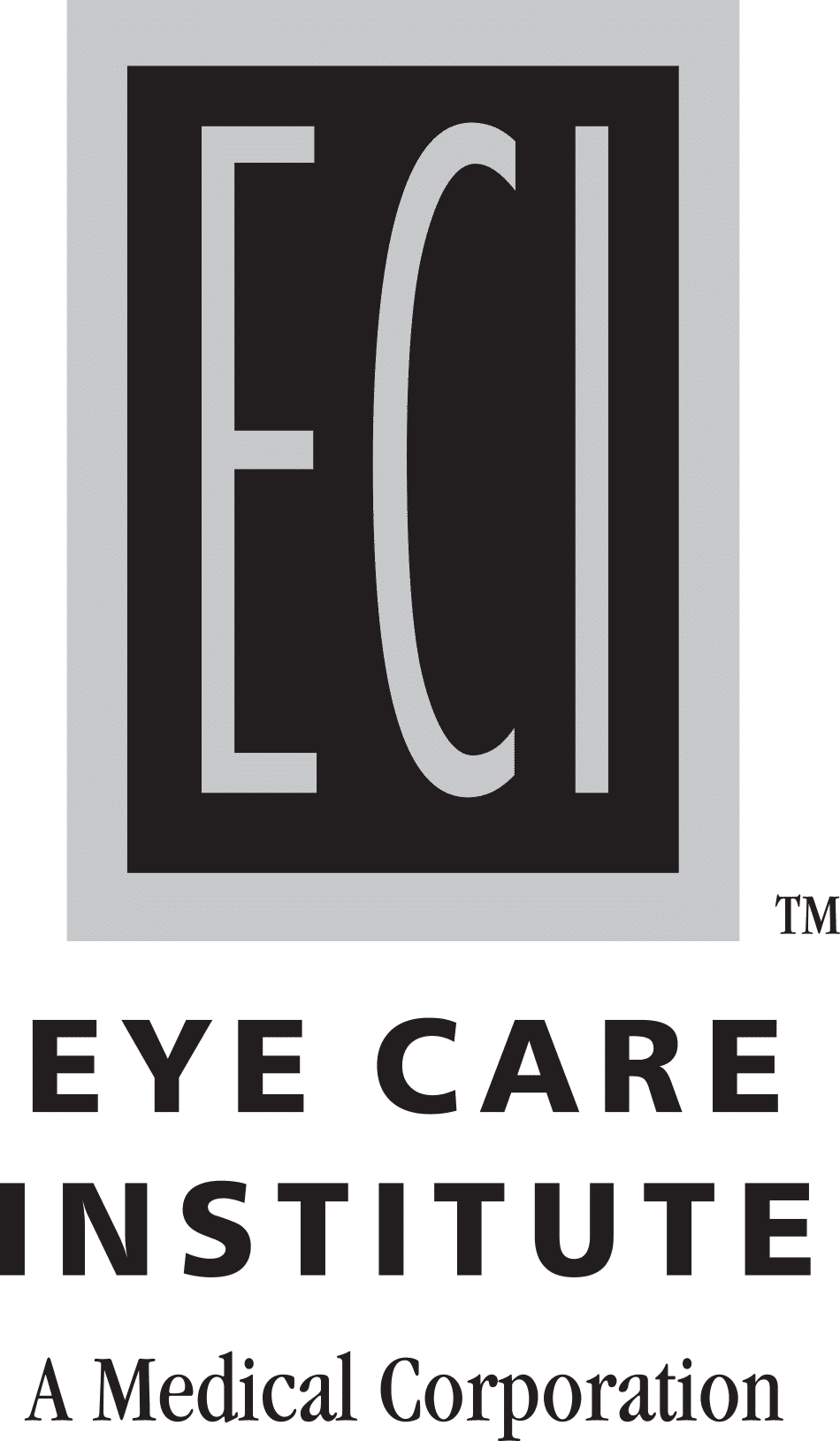Find Glaucoma Services Near Me: Professional Clinics for Your Eye Health
Find Glaucoma Services Near Me: Professional Clinics for Your Eye Health
Blog Article
Whatever You Required to Understand About the current Advancements in Glaucoma Therapy and Eyecare
In the realm of eye wellness, advancements in the treatment and administration of glaucoma have been continuously evolving, leading the method for boosted client treatment and end results. From sophisticated analysis tools that provide unmatched insights into the illness progression to ingenious surgical techniques that promise greater precision and quicker recovery times, the landscape of glaucoma treatment is undergoing a significant transformation.
Advanced Diagnostic Technologies
Advanced analysis modern technologies play a vital function in the early detection and monitoring of glaucoma, allowing for more reliable therapy and monitoring of the problem. Among these technologies, optical coherence tomography (OCT) attracts attention as a non-invasive imaging method that offers in-depth cross-sectional pictures of the retina, optic nerve head, and retinal nerve fiber layer. This high-resolution imaging assists clinicians evaluate architectural changes in the eye brought on by glaucoma, allowing them to interfere without delay.
Additionally, visual field screening, such as automated perimetry, is an additional important diagnostic tool for reviewing glaucoma-related vision loss - cataract care service. This test determines the level of sensitivity of an individual's aesthetic area, assisting to detect any type of areas of vision loss or distortion. By integrating OCT imaging with aesthetic area screening, doctor can acquire a comprehensive understanding of the condition's development and dressmaker therapy intends as necessary
Minimally Invasive Procedure
In the realm of glaucoma monitoring, the focus changes towards minimally intrusive surgeries as an aggressive method to resolve the progression of the problem following sophisticated analysis assessments such as optical comprehensibility tomography (OCT) and aesthetic field testing. Minimally intrusive glaucoma surgeries (MIGS) have actually obtained popularity because of their performance in decreasing intraocular pressure while decreasing the risks and healing times linked with traditional glaucoma surgical treatments. These treatments are typically carried out via tiny incisions, typically combined with cataract surgery, making them less invasive and much more comfy for people.
Some usual MIGS procedures include trabecular micro-bypass stents, which improve the outflow of aqueous humor, and micro-sized implants that improve water drainage in the eye. In addition, laser treatments such as selective laser trabeculoplasty (SLT) offer a non-invasive option for reducing intraocular pressure. By integrating these minimally invasive methods right into glaucoma monitoring, eye doctors can provide clients with effective treatment options that prioritize security and quick recovery, ultimately improving long-term outcomes for people with glaucoma.
Unique Medicine Treatments
Arising medication therapies present promising avenues for enhancing the medicinal monitoring of glaucoma, supplying cutting-edge strategies to attend to intraocular stress control and illness progression. One novel medicine treatment that has garnered attention is Rho kinase preventions. These drugs function by targeting the Rho kinase pathway, which plays a function in regulating the tone of the trabecular meshwork, the eye's water drainage system. By hindering this path, Rho kinase preventions assist to enhance aqueous humor discharge, consequently minimizing intraocular pressure.

Telemedicine and Remote Surveillance
With the evolution of novel medicine treatments increasing the therapy landscape for glaucoma, the great post to read assimilation of telemedicine and remote surveillance arises as a crucial part in boosting person treatment and condition monitoring. By making use of telemedicine and remote surveillance, health care companies can improve access to care, improve patient compliance, and detect potential issues early, leading to better results for individuals with glaucoma. Welcoming telemedicine and remote monitoring in glaucoma monitoring stands for a significant development in optimizing patient treatment and treatment efficiency.
Personalized Treatment Techniques
Advancing past traditional one-size-fits-all techniques, personalized treatment approaches tailored to private person qualities are changing the management of glaucoma. By personalizing therapy plans based on variables such as age, disease intensity, way of living, and other health and wellness problems, eye doctors can improve and optimize results person satisfaction.
Individualized therapy strategies in glaucoma involve an extensive evaluation of each person's unique profile. This may include genetic testing to determine certain threat variables, imaging techniques to assess structural modifications in the eye, and practical examinations to examine aesthetic area loss. By incorporating these individualized understandings, healthcare service providers can establish targeted interventions that deal with the underlying reasons for glaucoma progression for every individual.
Furthermore, developments in innovation have enabled the development of customized treatment options such as minimally intrusive glaucoma surgical procedures (MIGS) customized to the individual's certain requirements - cataract care service. These treatments use efficient intraocular pressure control with fewer complications, boosting the general high quality of look after glaucoma patients. Welcoming individualized treatment methods notes a substantial paradigm shift in glaucoma monitoring, highlighting precision medication to supply tailored solutions for far better individual results
Conclusion
Finally, the latest technologies in glaucoma treatment and eyecare include progressed diagnostic technologies, minimally intrusive surgeries, novel medicine treatments, telemedicine and remote monitoring, and tailored treatment approaches. These improvements are transforming the means we treat and detect glaucoma, providing even more customized and reliable options for people. By staying current with these developments, medical care professionals can give better treatment and improve results for people with glaucoma.

With the development of unique medication therapies increasing the treatment landscape for glaucoma, the integration of telemedicine and remote tracking emerges as an essential you could try here component in improving person care and condition management. retina service near me. Accepting telemedicine and remote surveillance in glaucoma management stands for a significant improvement in maximizing patient care and therapy efficiency
In final thought, the most current his explanation developments in glaucoma treatment and eyecare consist of progressed diagnostic technologies, minimally intrusive medical procedures, unique drug treatments, telemedicine and remote surveillance, and tailored therapy strategies.
Report this page